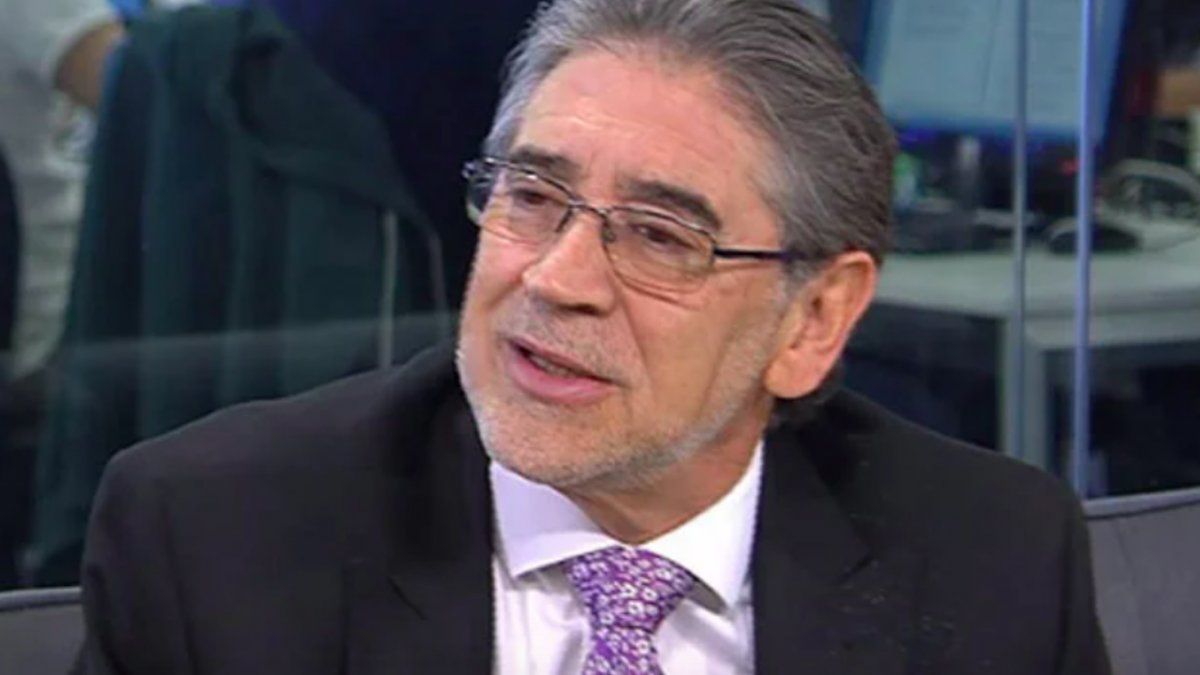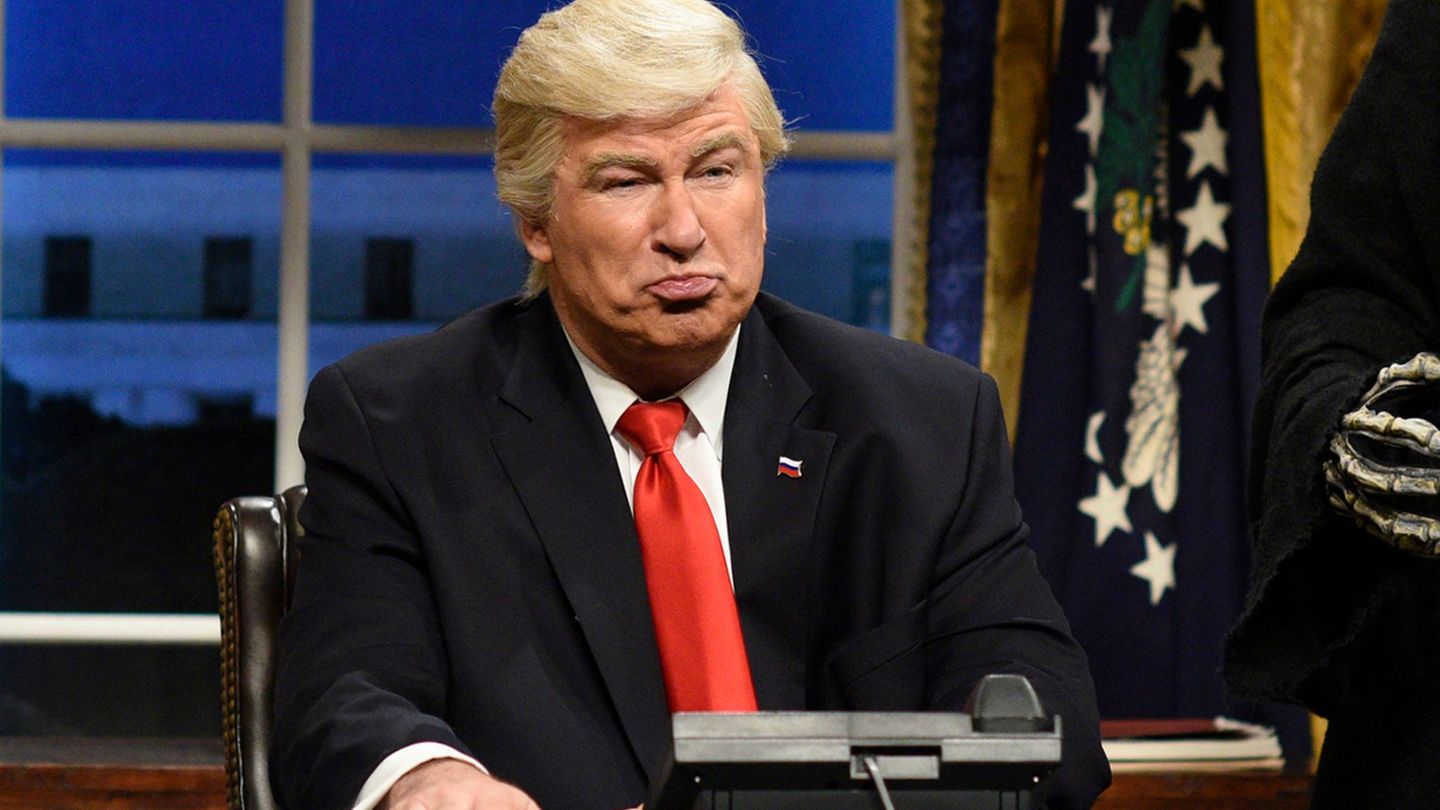“In other words, to convince the exporters to sell him the dollars, beyond the regulations, he will have to pay them more expensively. And when it has a little more dollars in its reserves, whether from the net income from loans from international organizations or the IMF, or from income from exports, it will have to sell them more expensively to importers and those who have to pay commitments in foreign currency, including tourism. That is what a market is about, when it is rationed more by the price than by the stocks. It is true that a more expensive dollar hits domestic prices, but it is no less true that one part is already hitting, due to expectations, and on the other hand, in general, it is preferable, except in a very exceptional situation, that there are dollars to production even if it implies a higher price”pointed out the economist.
Along the same lines, he maintained that “this movement in the price of the dollar against the rate of inflation, and the way in which it feeds back the increase in domestic prices, becomes more complex if the Central Bank, as now, prefers to devalue installments, instead of making a one-time jump in price.
On the other hand, he asked to distinguish between savings in official dollars, or savings in free dollars: “If the holder of pesos expects the official dollar to beat the inflation rate and the interest rate, his best “business” is to save in goods that have a large component of the official dollar stuffed in. Hence the excess demand that is being seen, for example, in the market for certain durable goods, where, in addition, supply is restricted, not only due to the lack of dollars to import products or inputs, but also because those who have stocks of these goods to sell have the same expectations as those who buy them, and only dispose of them in the minimum amount necessary to maintain their business, and, almost certainly, at a price higher than the list price that compensates for the expected loss with future devaluation or the possible lack of dollars to replace the merchandise.A different case is the free dollar in its different versions, where the expectations as of its evolution, its offer and its demand, are more linked to the desire to maintain savings in financial assets and not in goods. Here what plays more directly is the amount of pesos that “left over” and the interest rate that pays them.
“To improve your balance, The Central Bank needs to earn reserves in dollars and that the weights of its liabilities are liquefied with respect to the value of those dollars”Held.
Regarding the reduction of the fiscal deficit and the new issuance of pesos, for the economist without the anchor of a lower deficit and fewer pesos issued, there is a risk that this relative price race will spiral the inflation rate.
“But for the deficit to shrink, tax revenues have to beat spending. Revenues have to be “inflated” and expenses “liquefied”. Among these expenses are economic subsidies, to keep electricity bills, gas bills and the price of transportation below cost. And there are pensions, salaries in the public sector and the so-called social subsidies,” he added along the same lines.
“And as if this were not enough, there are prices for private services regulated by the State, which also have to recover, at least partially, from the freezes of these years, while joint negotiations will pretend that salaries put on their shoes and also beat expected inflation. Obviously, everyone beating everyone is impossible. That is why, to minimize costs, and order the race, the program with the IMF is necessary,” he concluded.
Source: Ambito
David William is a talented author who has made a name for himself in the world of writing. He is a professional author who writes on a wide range of topics, from general interest to opinion news. David is currently working as a writer at 24 hours worlds where he brings his unique perspective and in-depth research to his articles, making them both informative and engaging.




